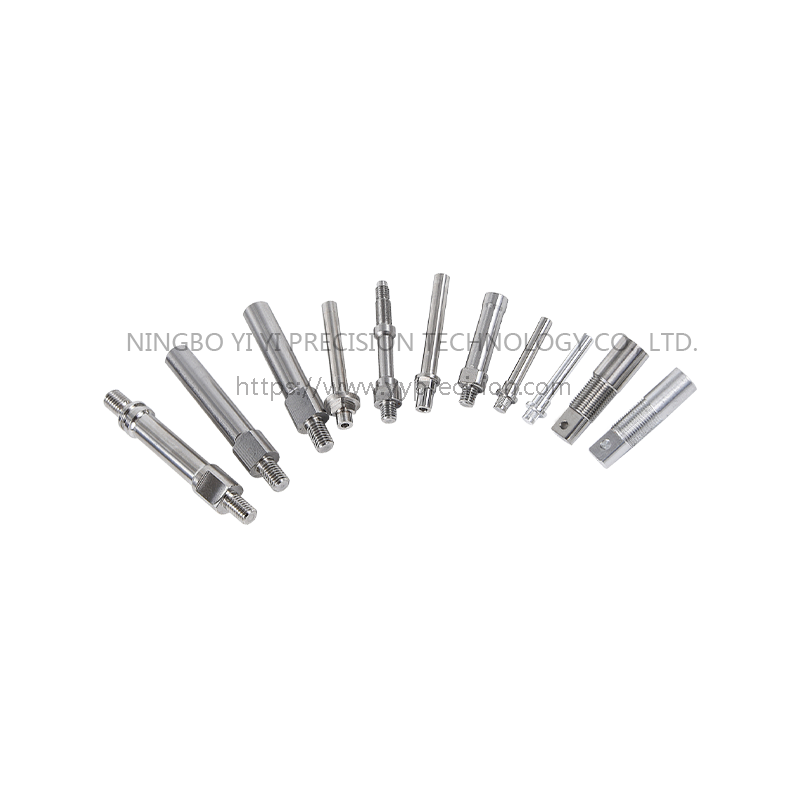Iron and steel are distinguished by their carbon content. Iron-carbon alloys with a carbon content of less than 2% are called steel, and those with a carbon content of more than 2% are called iron. Steel is widely used because of its toughness, elasticity and rigidity. Everything you come into contact with in life is steel, but people call it differently. For stainless steel, no matter whether the magnet is attracted or not, as long as it meets its quality standards, it is stainless steel. Therefore, from a metallurgical point of view, there is no such thing as stainless iron. The main element of corrosion resistance of stainless steel is chromium. Steel with a chromium content above 10.5% is not easy to rust. The alloying elements added during smelting are different, so there is a difference between whether the magnet can absorb it or not. Stainless steel is generally divided according to the organizational structure, which can be divided into several categories such as austenite, ferrite, and martensite. If different proportions of chromium, nickel, etc. are added to molten steel, the austenitic steel produced is stainless steel that cannot be attracted by magnets; if chromium and a small amount of nickel (or no nickel) are added to molten steel, the steel produced is a magnet Absorbable stainless steel is also called ferritic stainless steel; the main alloying elements of martensitic stainless steel are chromium, iron and carbon. There are more than 100 types of stainless steel due to the different alloy content. Ferritic and martensitic stainless steels are magnetic except for austenitic stainless steel magnets that cannot be attracted.
The reserves of nickel element in the world are very small, and the price is relatively expensive. Therefore, the price of stainless steel with high nickel content is also higher in the market, and the magnet cannot be attracted. In fact, there is another kind of stainless steel magnet that cannot be attracted. That is stainless steel with high manganese content and little nickel or no nickel. The market price of this stainless steel is more than 1,000 yuan per ton lower than that of stainless steel with high nickel content. Some dealers just take advantage of people's misunderstanding that "good stainless steel magnets can't attract" to deceive consumers, and the price is as expensive as high-nickel stainless steel.
There are more than 100 kinds of
stainless steel, with different characteristics and functions. Generally, austenitic stainless steel is used for decoration, landscape and sculpture. Because austenitic stainless steel has low thermal conductivity, it is not suitable to use it as a kettle, frying pan, or rice cooker. It will use a lot of energy and prolong the time for boiling water and cooking. Using ferritic stainless steel to make frying pans and rice cookers not only has excellent corrosion resistance, but also its thermal conductivity is nearly half that of austenitic stainless steel. The inner barrel of the washing machine, water heater, vegetable washing basin, etc., as long as the utensils in contact with water should be made of ferritic stainless steel. Some people complain that stainless steel knives are not fast, and this is because of the wrong stainless steel. Austenitic stainless steel cannot be hardened and is not suitable for knives and cutting tools. Knives made of martensitic stainless steel can change the hardness of stainless steel through heat treatment, such as quenching and tempering.

304 Non-Standard Parts Processing, Double Flat Bit, Double Head Thread
Customized Special Stainless Steel Tools, Imported Core Machine Spindle Back Shaft Processing At The Same Time, End M5 Reverse Thread Hole Depth Of Up To 45mm Depth, Used In Fishing Gear Hand Pulley Assembly Parts
Material: SUS304(1.4301)
Size: OD 11mm*Length 100mm
Weight: 95g
Color: Natural

